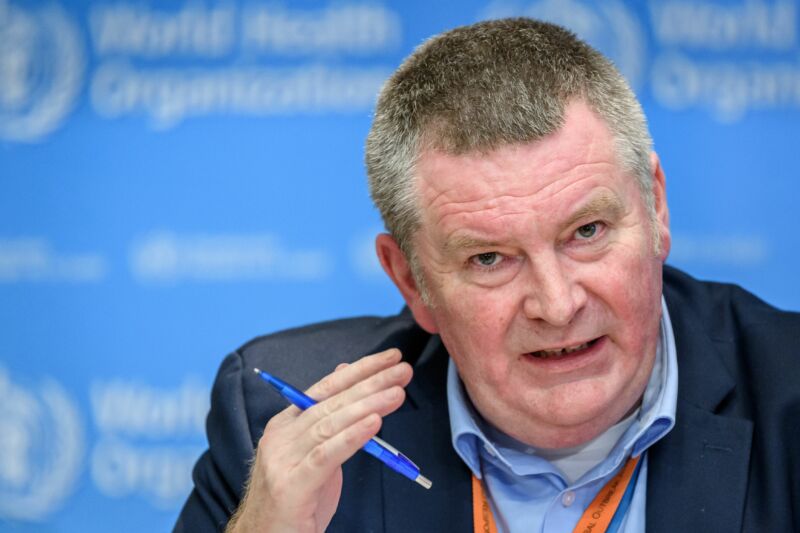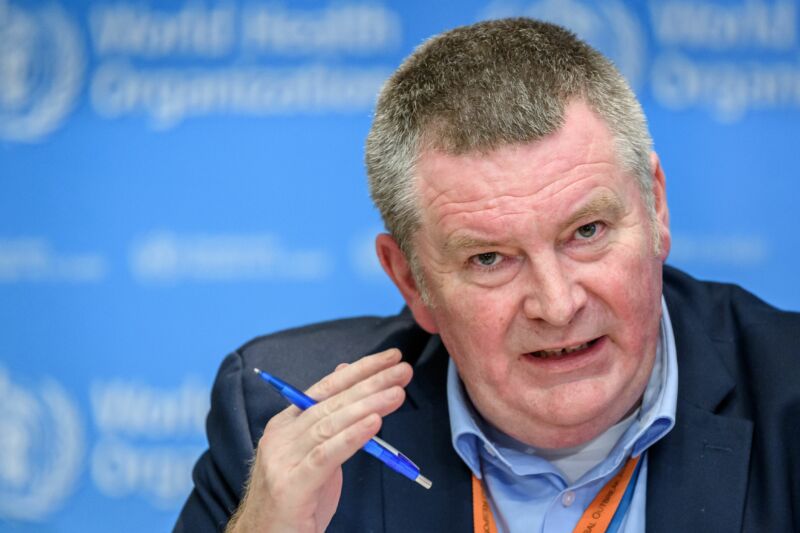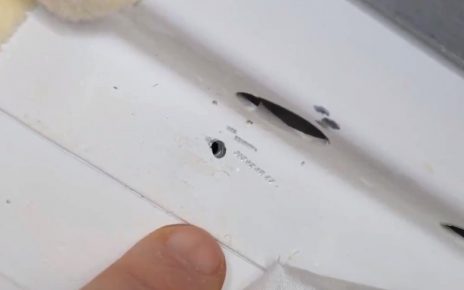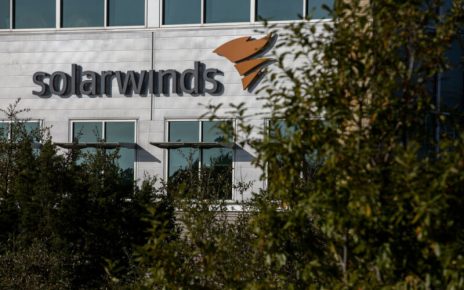
Enlarge / World Health Organization (WHO) Health Emergencies Programme Director Michael Ryan talks during a daily press briefing on COVID-19 virus at the WHO headquaters in Geneva on March 11, 2020. (credit: Getty | Fabrice Coffrini)
An international team of scientific experts is on the ground in Wuhan, China, finally making progress in its long-sought attempt to understand how the pandemic coronavirus first jumped from animals to humans. But the tedious scientific investigation has become a media frenzy there, and it continues to be plagued by conspiracy theories and thorny international politics.
On Monday, a top official with the World Health Organization had clearly had enough, scolding skeptics and essentially telling conspiracy theorists to show hard evidence or be quiet.
Members of the 15-person team arrived in Wuhan last month and finished their mandatory two-week quarantine last Thursday. Since then, they have made several trips around Wuhan—swarmed by media—including a visit to the hospital that treated the first known COVID-19 cases and the Huanan seafood market, where authorities linked many of the earliest cases. The team also plans to meet with COVID-19 survivors and visit the Wuhan Institute of Virology, which is the center of much speculation and many conspiracy theories that the pandemic virus was engineered and/or accidentally released from a laboratory.





